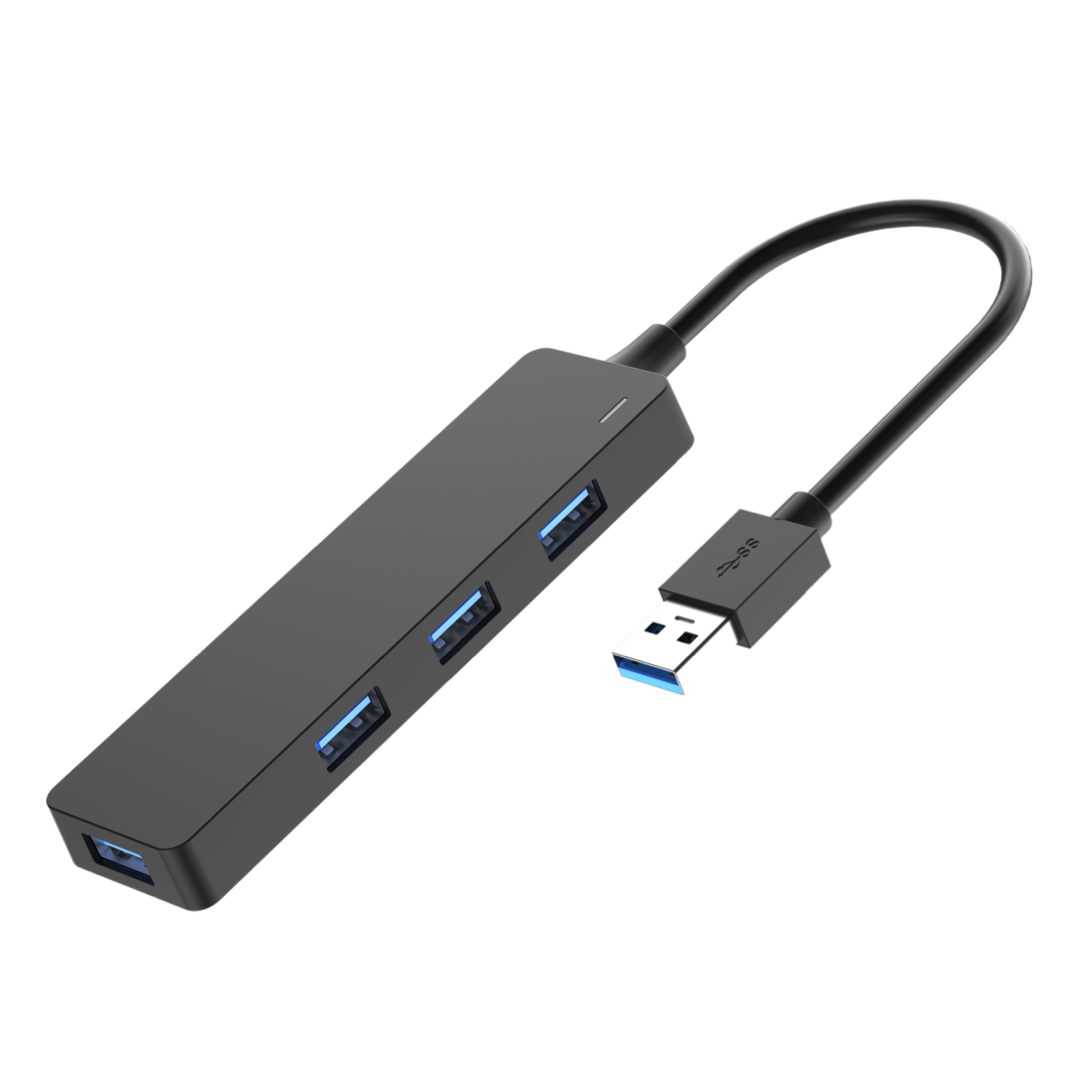Can I use a USB hub to transfer data between devices?

Exploring the possibilities of using a USB hub for data transfer between devices can greatly enhance your connectivity options. By enabling multiple devices to interact with each other simultaneously, you can conveniently transfer data, streamline workflows, and improve productivity. This article will delve into the topic of using a USB hub for data transfer, providing you with comprehensive insights and guidance.
1. Understanding USB Hubs
A USB hub is a hardware device that expands a single USB port into multiple ports, allowing you to connect multiple devices simultaneously. It acts as a connector hub, enabling data transfer, power sharing, and device communication. USB hubs come in various forms, such as powered and non-powered hubs, and differ in the number of ports they offer.
2. Data Transfer Speed
One crucial aspect to consider when using a USB hub for data transfer is the speed at which data can be transferred. USB 3.0 hubs offer high-speed data transfer rates, with some models capable of reaching up to 5Gbps (gigabytes per second). However, it is important to note that the speed of data transfer may vary depending on the devices connected and their USB specifications.
3. Compatibility
Before using a USB hub for data transfer, it is essential to consider the compatibility of your devices. Ensure that your devices support USB connectivity and are equipped with the necessary ports. Additionally, verify that the USB hub you intend to use is compatible with your devices' USB specifications. This will ensure seamless data transfer and prevent any compatibility issues.
4. Power Considerations
Power is a crucial factor to consider when using a USB hub for data transfer, especially when multiple devices are connected simultaneously. Powered USB hubs are recommended when connecting power-hungry devices like external hard drives or high-power peripherals. These hubs provide additional power supply to ensure stable connectivity and prevent data loss or device malfunctions.
5. Practical Applications
USB hubs find practical applications in various scenarios. They simplify data transfer among multiple devices such as laptops, smartphones, tablets, printers, and external storage devices. USB hubs are also widely used for charging multiple devices simultaneously, making them an essential tool for offices, homes, and travel.
Summary
Using a USB hub for data transfer between devices offers a versatile and efficient solution to enhance connectivity. Understanding the different aspects such as USB hub types, data transfer speed, compatibility, power considerations, and practical applications helps optimize your data transfer experience. By utilizing the convenience and functionality of USB hubs, you can streamline workflows and improve productivity across devices.





